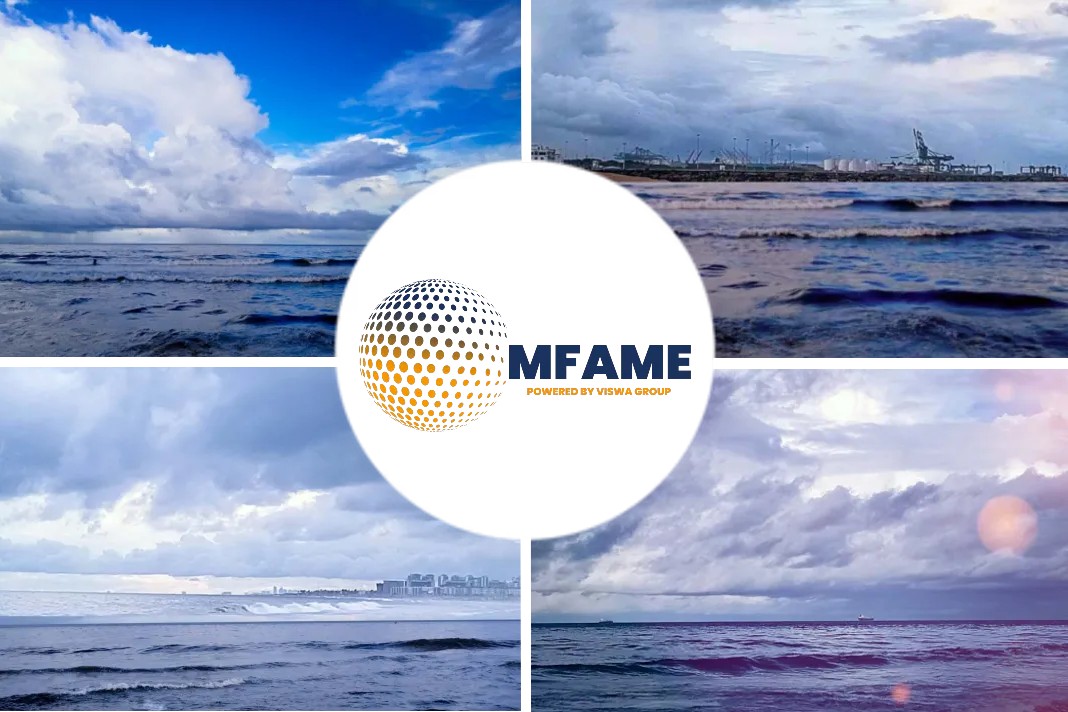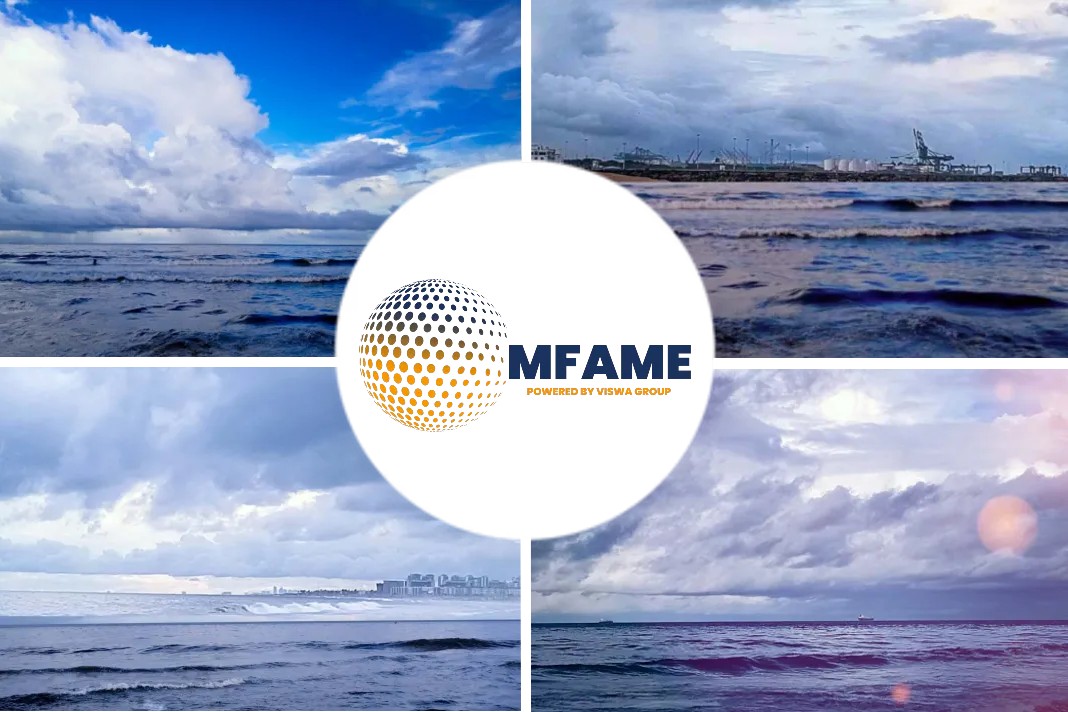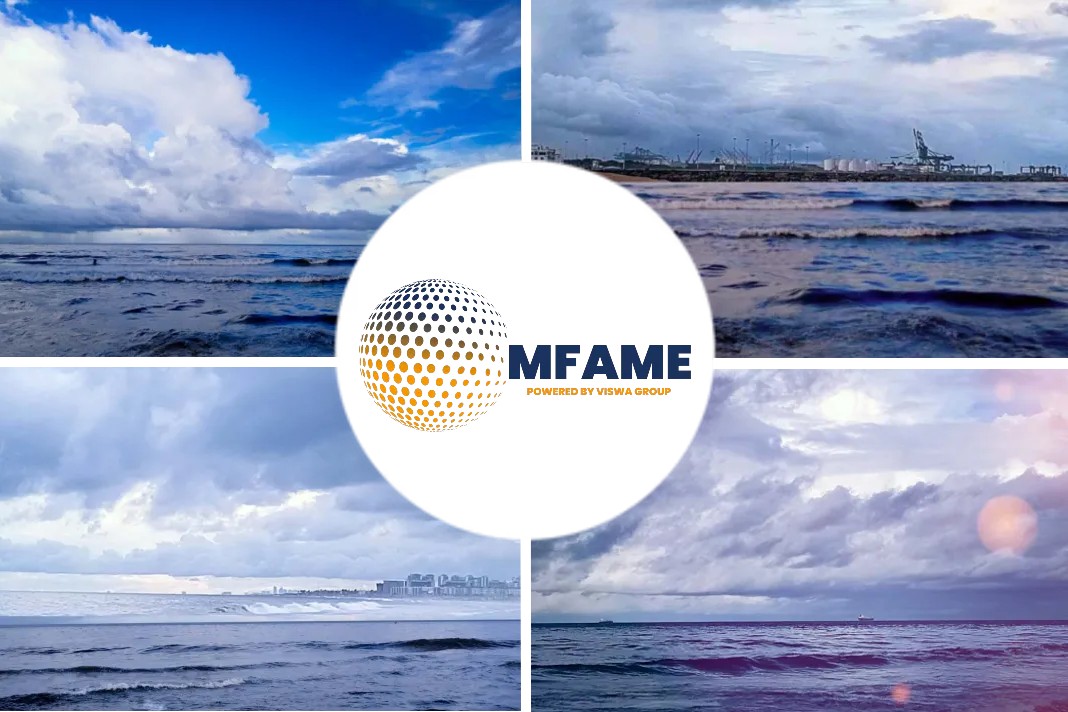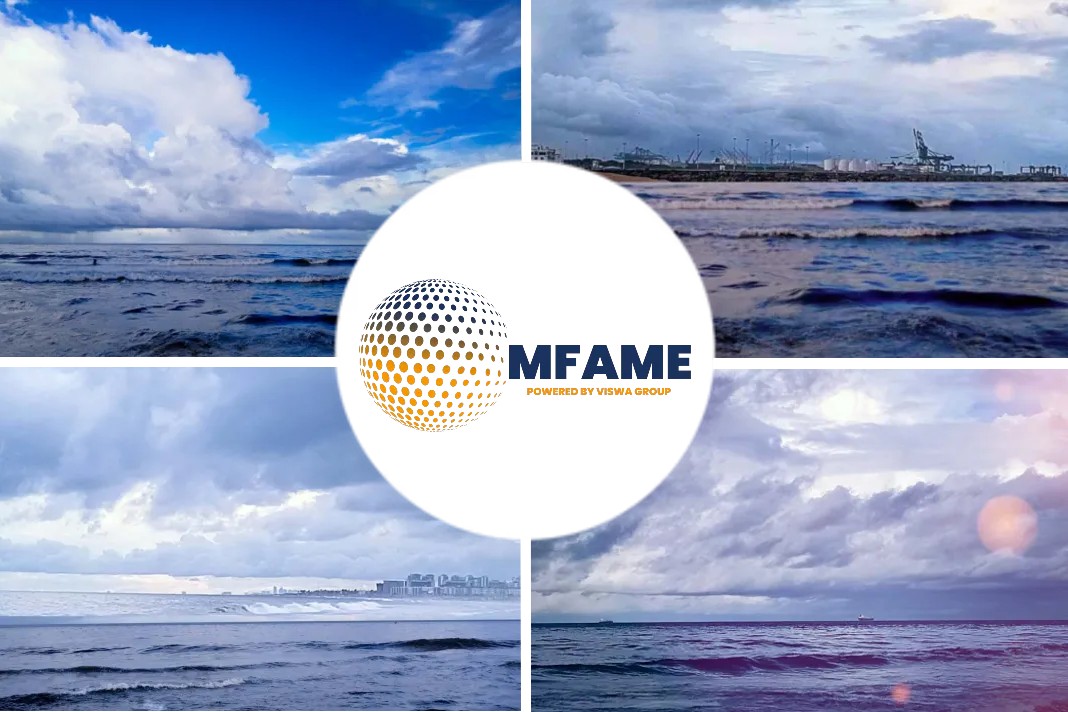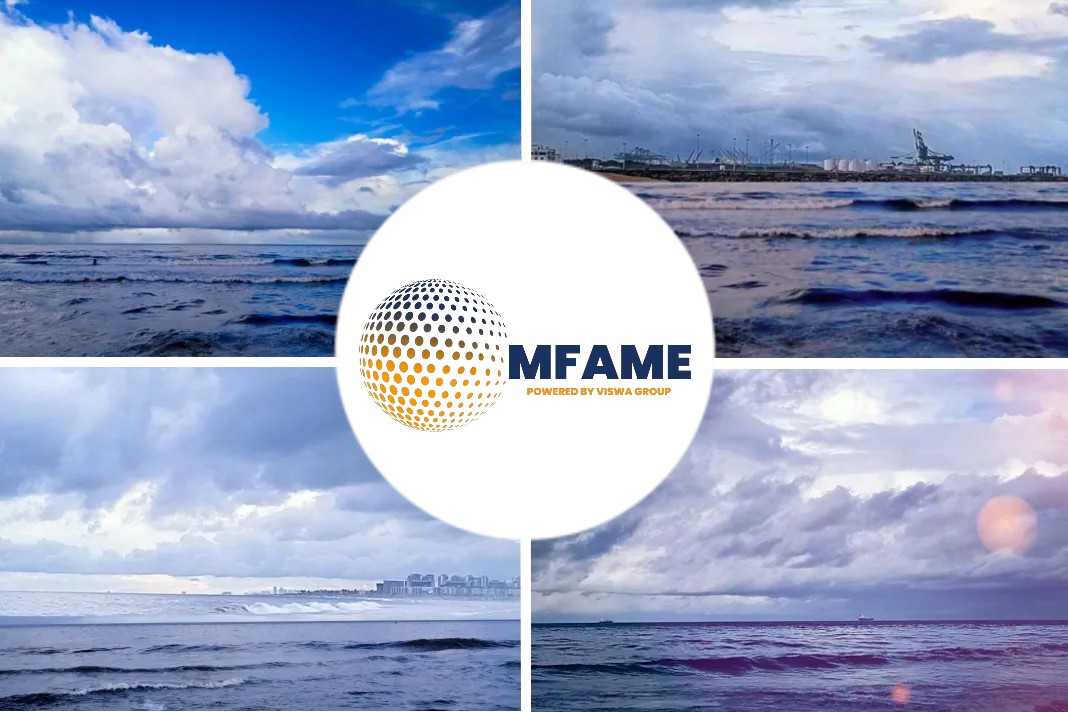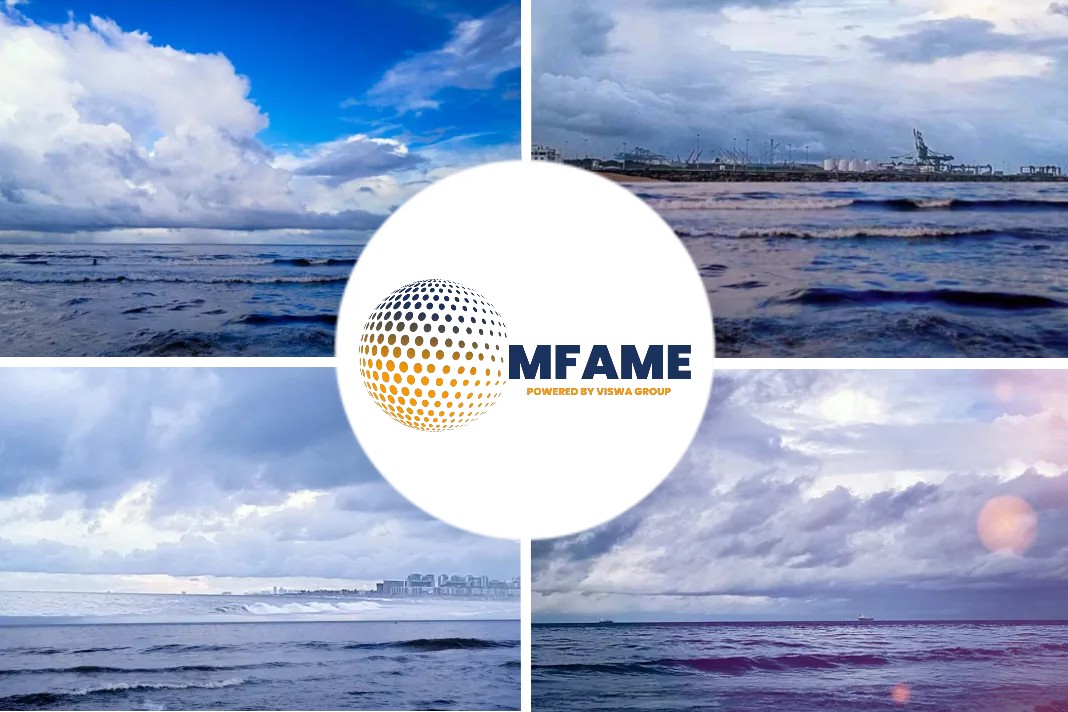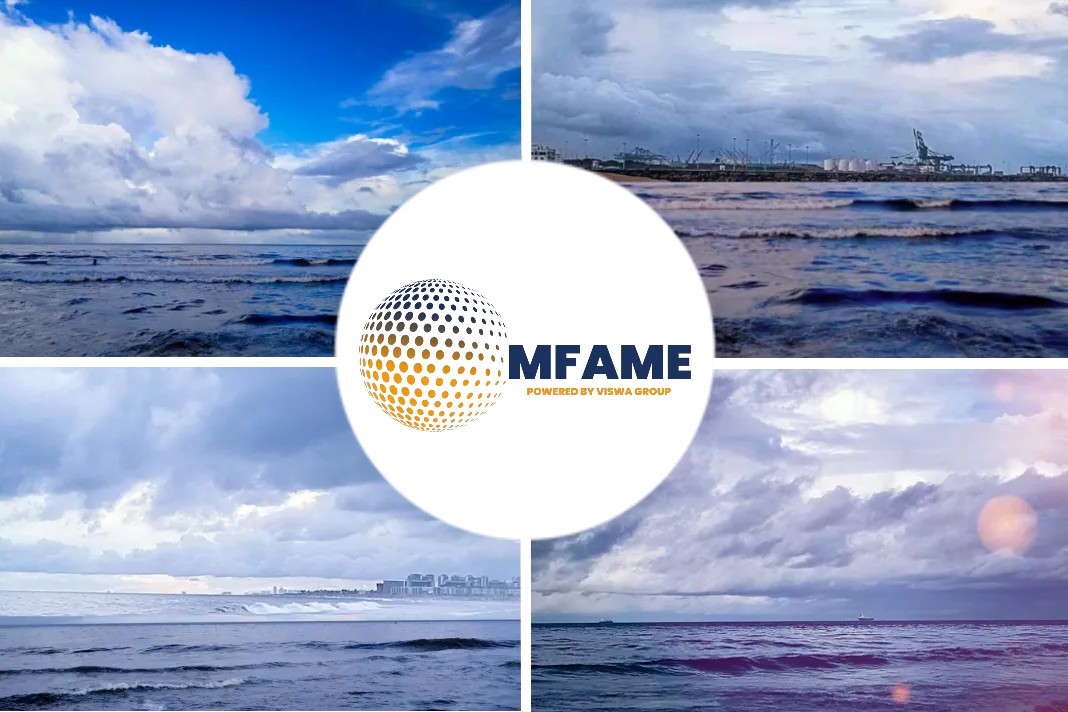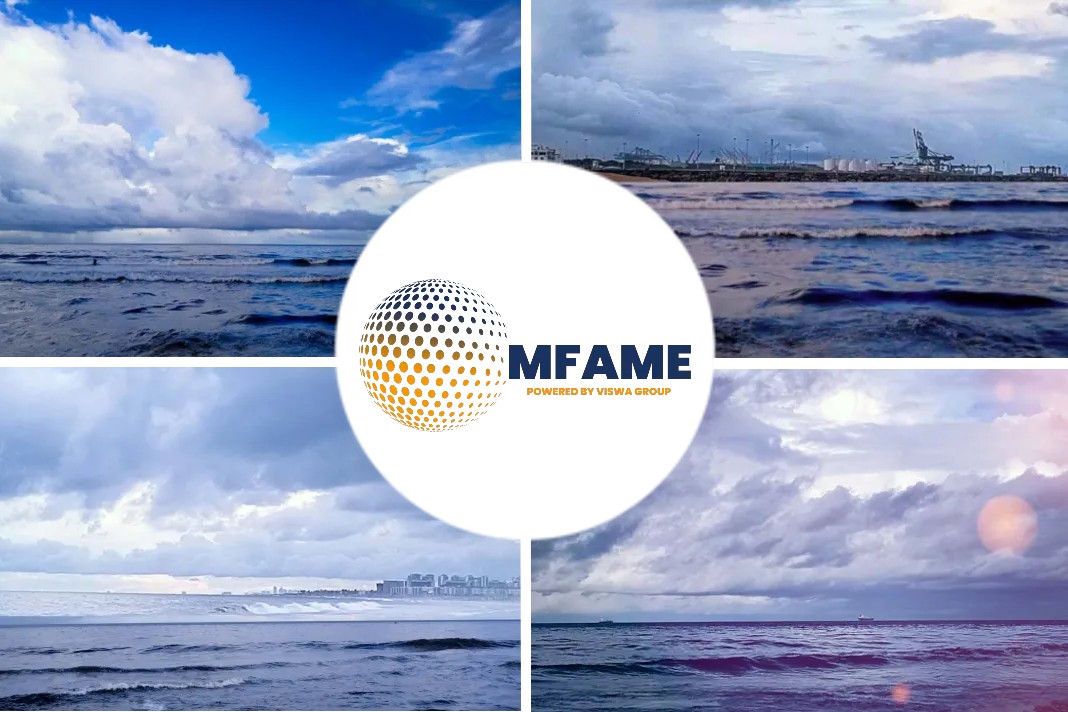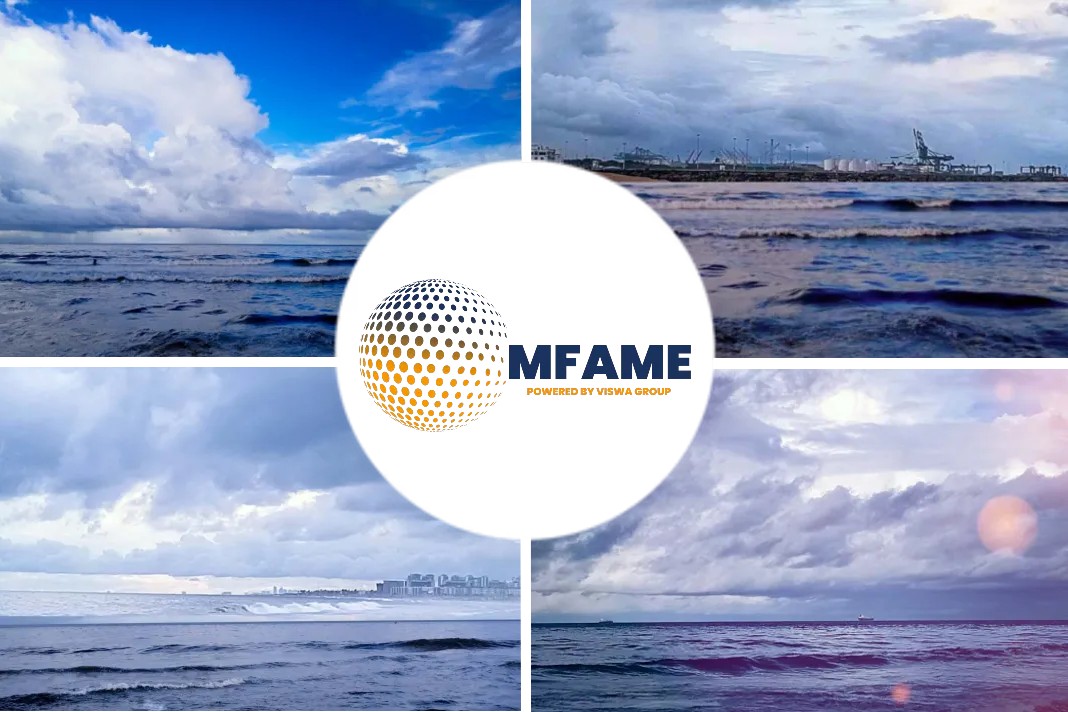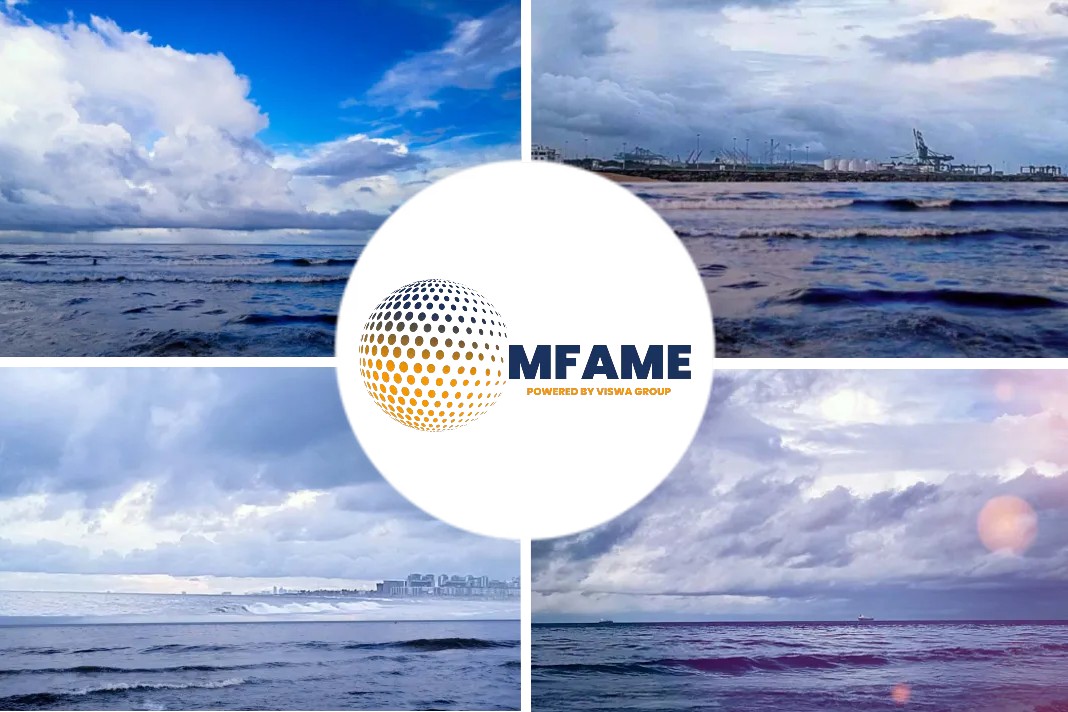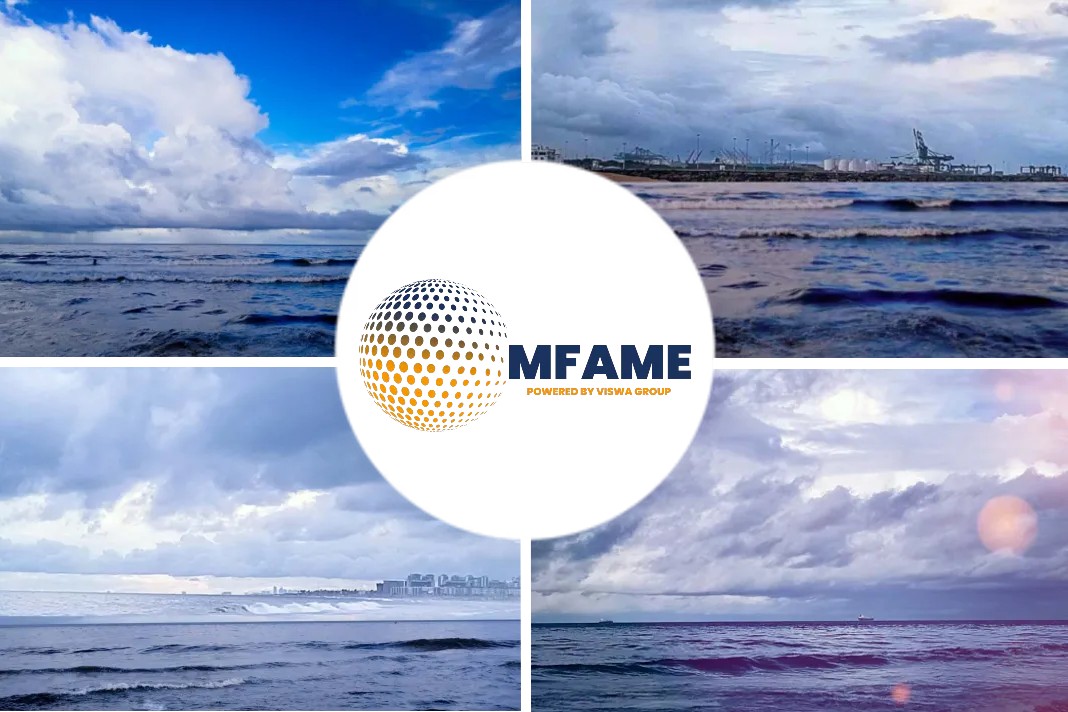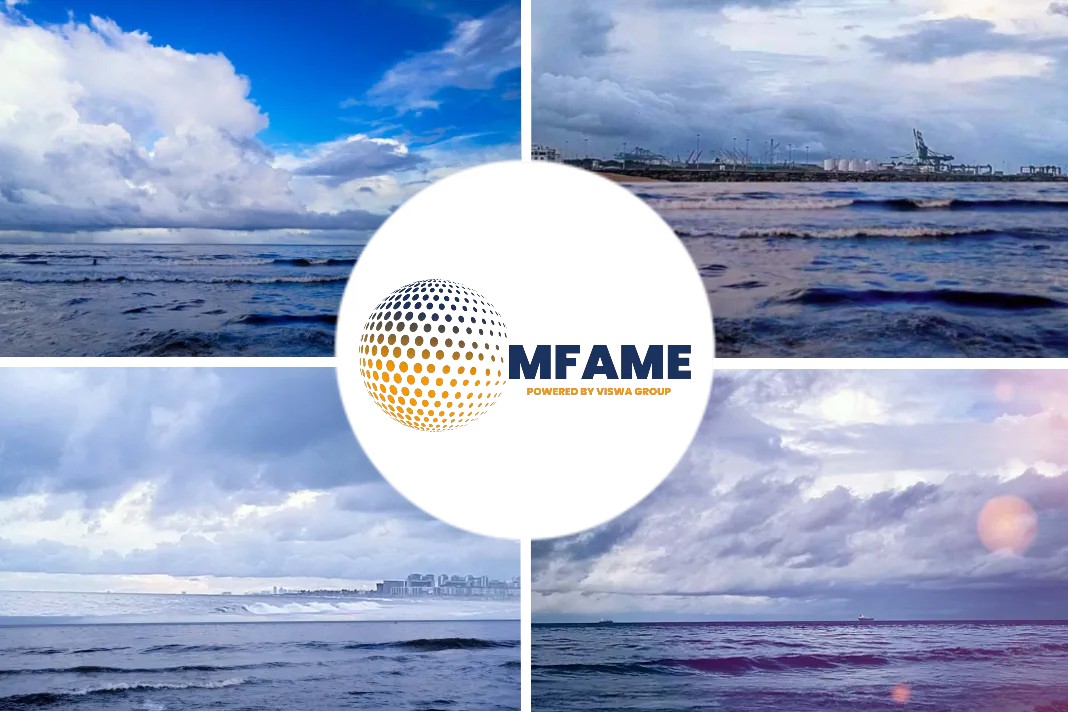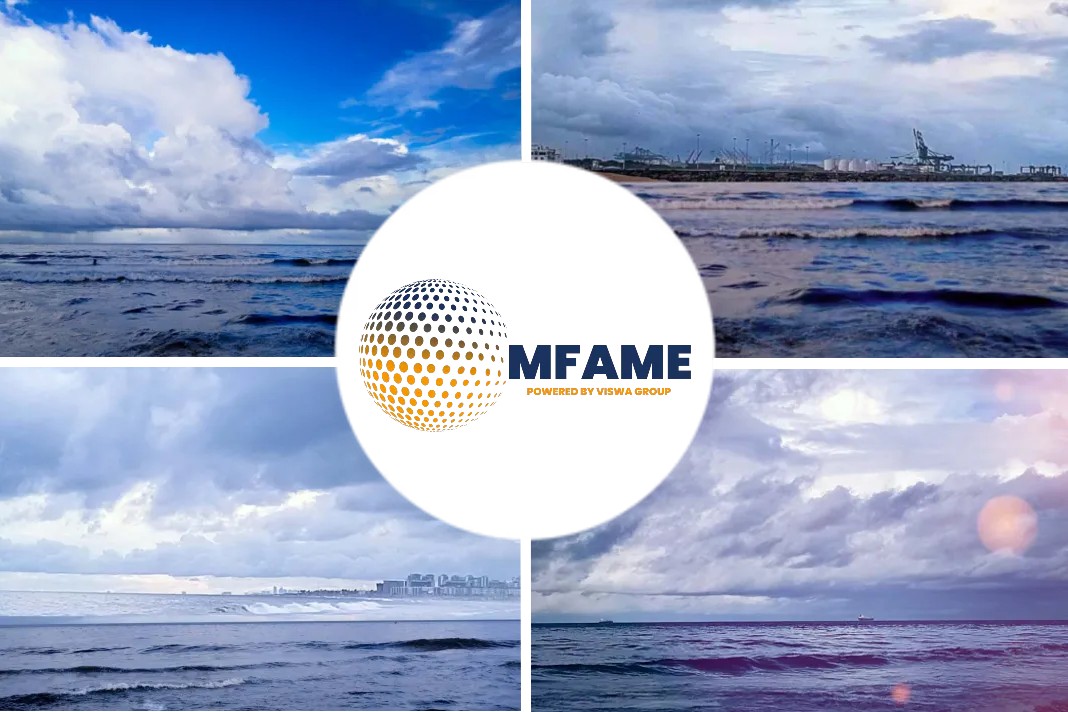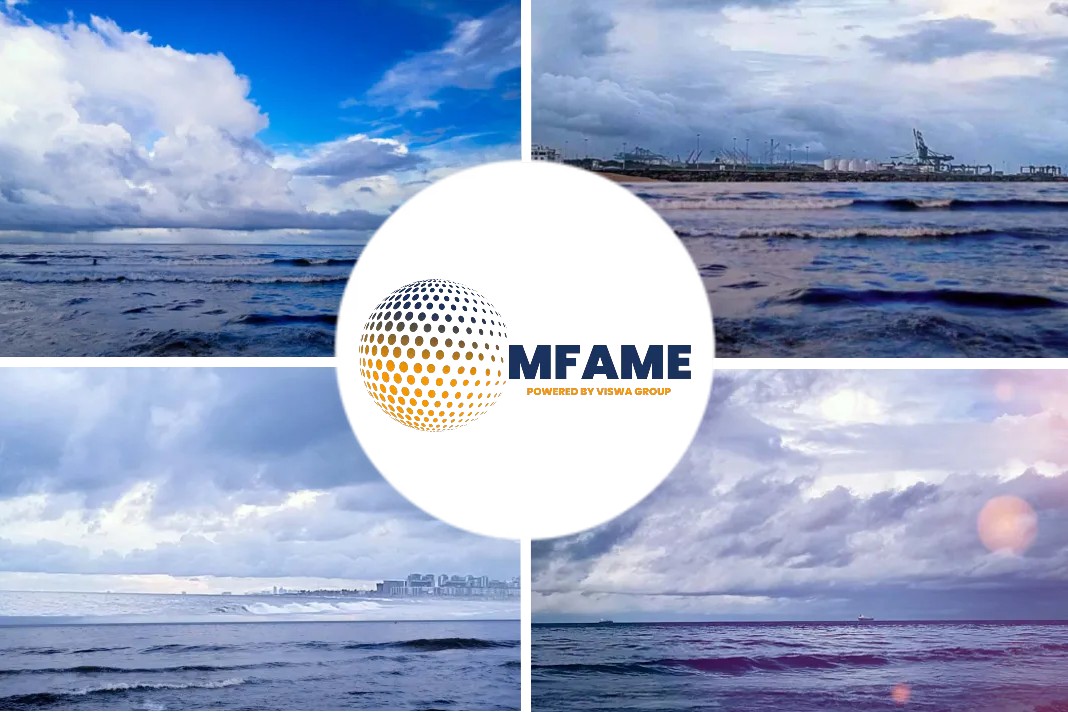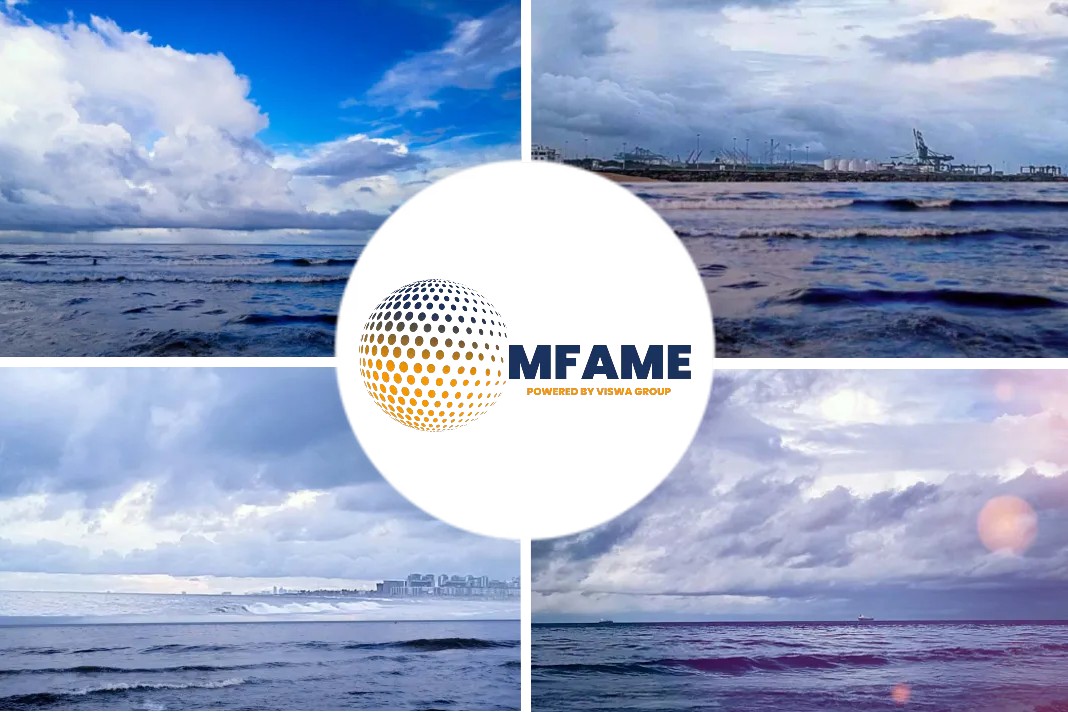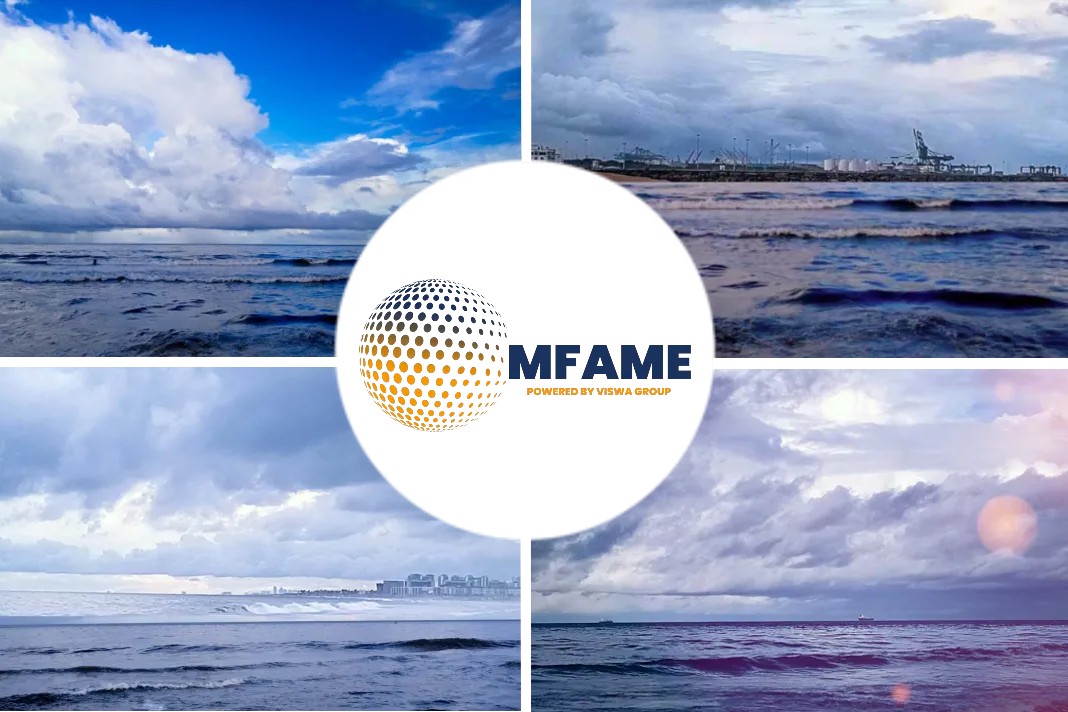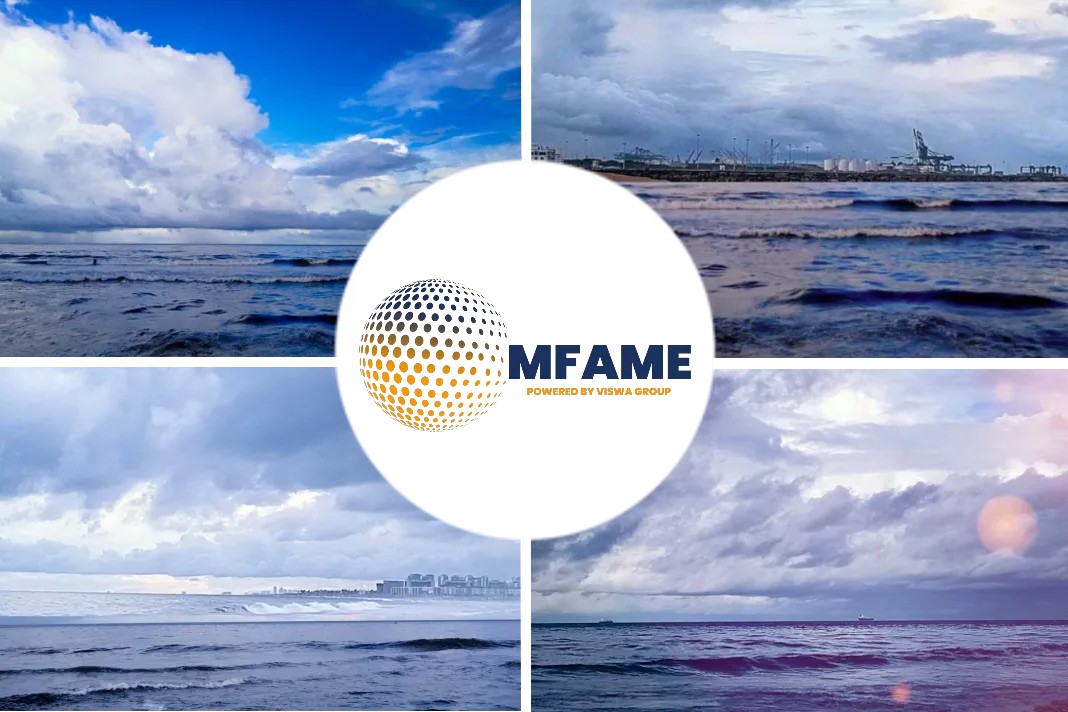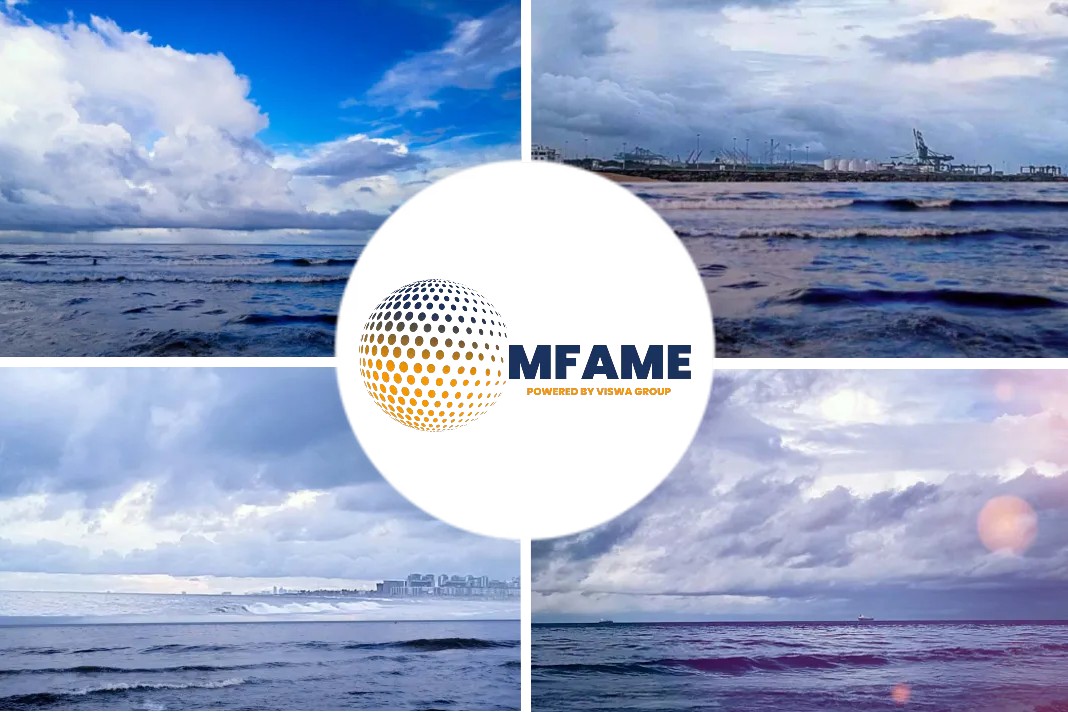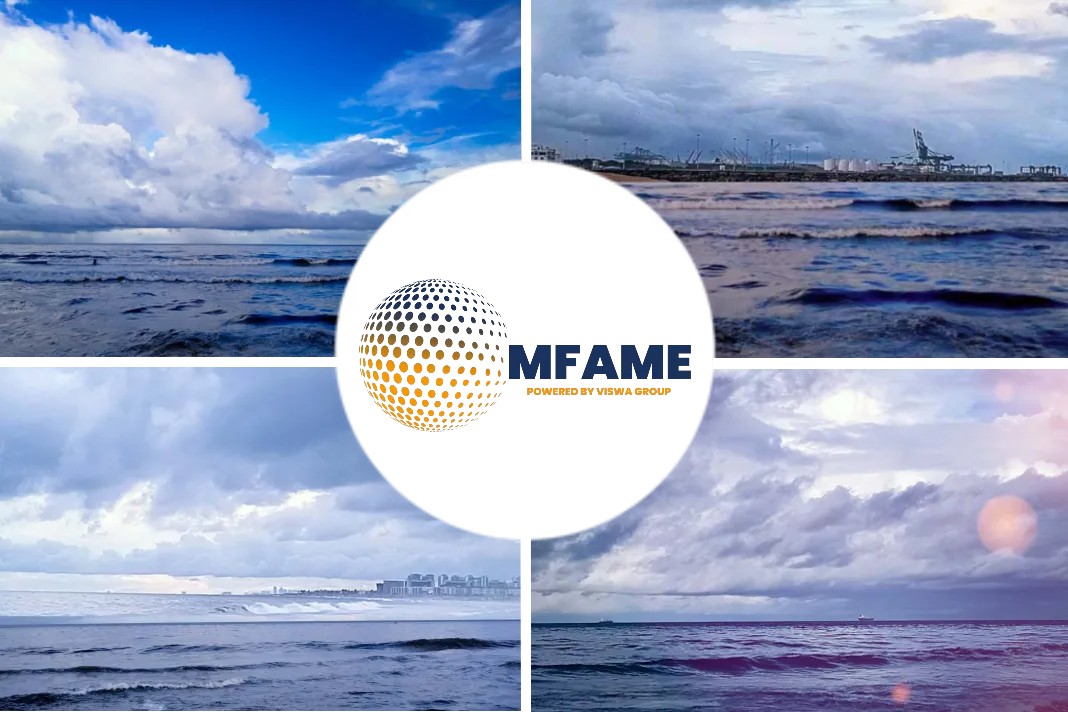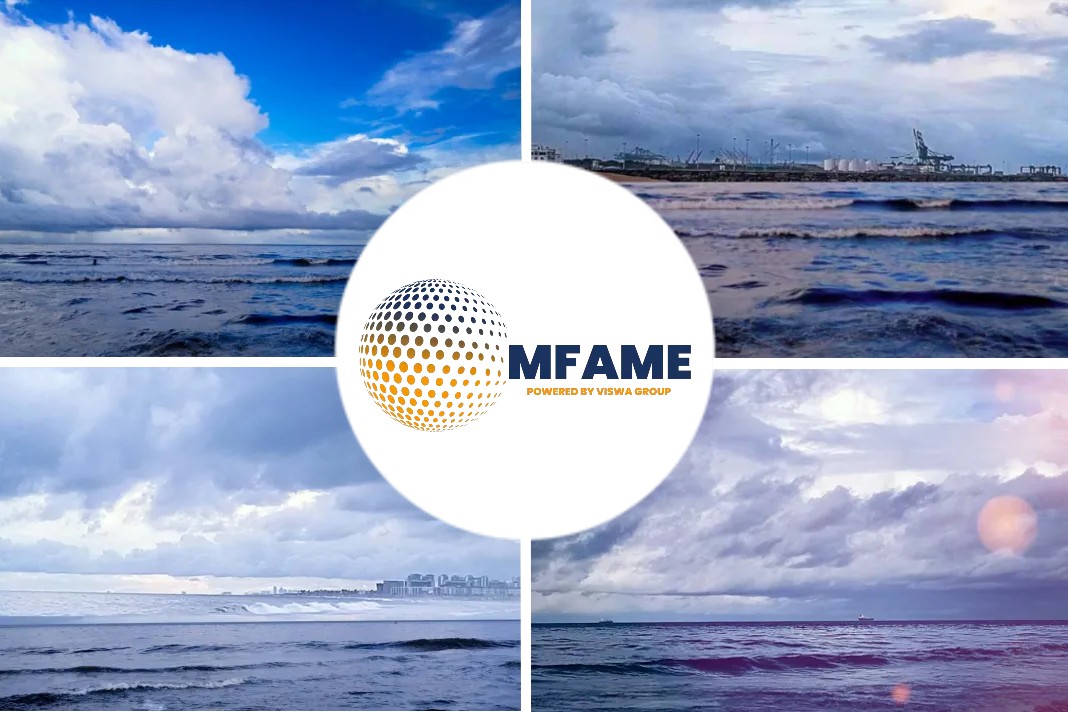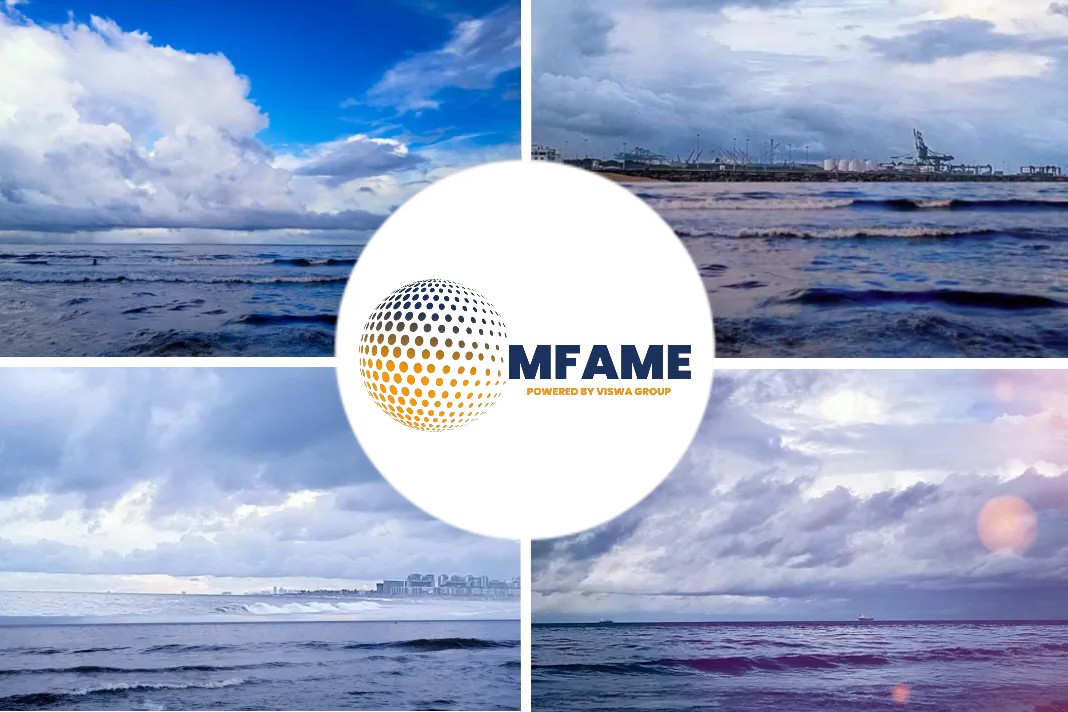The United Nations estimates that there are three million wrecked along the ocean floor. Here we present 25 ships that wow us, make us scratch our heads, or even experience submechanophobia, a fear of fully or partially submerged manmade objects, says an article published in Popular Mechanics.
- Giannis D
Location: Red Sea (near Egypt)
- The Giannis D went by many names before it sank.
- At first, the cargo ship was built as the “Shoyo Maru” in Imabari, Japan in 1969.
- It was eventually sold in 1975 and renamed “Markus.”
- Then it was sold again in 1980 to the Dumarc Shipping and Trading Corporation in Piraeus, Greece, and renamed the “Giannis D.”
Its last voyage departed from Rijeka, Yugoslavia, in 1983, carrying lumber bound for Jeddah in Saudi Arabia and Yemen.
Here’s how the ship took on water and sunk, according to The Red Sea Project:
“On 19 April 1983 the ship was in transit in the Straits of Gubal, which is a rather narrow shipping lane before reaching the open waters of the Red Sea. Once on course for open water, the Captain turned over the helm to one of his junior officers and retired to his cabin to rest. Soon afterwards he was rudely awakened by the sound of his ship running aground. It appeared that the Giannis D had drifted west of her set course and ran aground at full speed on the northwest edge of the Sha’ab Abu Nuhas Reef.”
Today, the ship lies at the bottom of the Red Sea in three sections. The crumpled bow is about 10 meters below the surface.
- Sweepstakes
Location: Tobermory, Ontario
Big Tub Harbour is the place to be if you’re a diver. Just about three hours northwest of Toronto, the body of water is home to over 20 shipwrecks. It’s sort of like the Bermuda Triangle of Ontario, Canada.
It’s hard for photos to do this one justice, but the star shipwreck is easily “Sweepstakes,” a Great Lakes Schooner built in 1867 in Burlington, Ontario. In its heyday, it weighed 218 gross tonnes and was 119 feet long.
In the summer of 1885, Sweepstakes was hauling coal near Cove Island by Tobermory when it somehow sustained hull damage. It was towed to Big Tub Harbour for repairs, but it was too expensive. All the valuables were stripped, and then she was sunk.
- Peshtigo and St. Andrews
Location: Lake Michigan
Ten years ago, Diver and maritime history buff Bernie Hellstrom came across two schooners that had collided and sunk into the depths of northern Lake Michigan more than 140 years ago.
This happened when he was looking for shipwrecks and a depth sounder on his boat (an ultrasonic instrument used to measure the depth of water under a ship) detected an object that was over 200 feet down at the bottom of the lake.
Hellstrom later went back to the site with a custom-made camera and discovered two ships, the Peshtigo and St. Andrews, about 10 feet apart from one another. The ships had collided back in 1878, but it was thought that they had sunk in Lake Huron.
- USNS General Hoyt S Vandenberg
Location: Key West, Florida
Not all shipwrecks are accidents.
The U.S. Navy originally used the USNS General Hoyt S Vandenberg as a military troop transport and missile-tracking ship during World War II. In 1983, the ship was officially retired.
It was intentionally sunk in May 2009 to serve as an artificial coral reef. The ship went down 140 feet, leaving about 40 feet of clearance between the wreckage and the surface of the water. The ship formerly weighed 17,120 tons and was 522 feet, 10 inches long.
- MS World Discoverer
Location: Solomon Island
To call this guy a shipwreck would only be half-true since it’s only half sunk in the Solomon Islands. The former cruise ship had a nasty run-in with an uncharted coral reef back in 2000 that left it in a permanent lean-with-it-rock-with-it pose.
A few salvage companies have taken an interest in the ship only to find that it was ransacked of most of the goods during the Solomon Islands’s Civil War between 1998 and 2003.
- Iron Scow
Location: Niagara Falls
The next time you’re feeling lazy, just move your attention to this ship, which didn’t move for literally 101 years until November 2019. This iron scow, unofficially named the “Niagara Scow,” is a boat that two sailors nearly steered over the falls back in 1918.
Fortunately, they were rescued, but the boat remained. In fact, officials thought the boat was lodged for good.
“I thought it would be there for all time,” David Adames, chief executive of the Niagara Parks Commission, told The New York Times. “The wreck has been out there for 100 years. It’s just part of the Niagara Falls story.”
It moved 160 feet downstream after a storm surge caused winds in excess of 50 miles per hour.
- Fujikawa Maru
Location: Chuuk Lagoon, Federated States of Micronesia
Coming in at 450 feet long, the ship—which Mitsubishi built for shipowners Toyo Kaiun back in 1938—was used as a liner in the North American run and later carried cargo like raw silk, cotton, jute and flax.
Just a year before Pearl Harbor, in 1940, the Imperial Japanese Navy took over the Fujikawa and converted it into an aircraft ferry, complete with stern guns salvaged from old military ships. In September 1943, an American submarine, Permit, hit the ship with a torpedo. By the following year, the ship was back in service again until it was hit by yet another torpedo, this time launched by a strike bomber attached to a carrier group that included the USS Monterey and Bunker Hill. It eventually sunk in Chuuk Lagoon.
Chuuk Lagoon, itself, was considered the strongest Japanese stronghold in the Pacific during World War II, so there are a number of other wrecks across the atoll. In 1971, oceanologist Jacques Cousteau released a television documentary on the area and its remains, which quickly became a diving destination.
- Eduard Bohlen
Location: Namibia
For the non-diver, the Eduard Bohlen shipwreck along Namibia’s Skeleton Coast, a graveyard of wrecked ships, is a treat. Though, it’s the one you’ll likely never see in-person because it’s nefariously hard to get to it in the first place: you need a license and a guide with a special vehicle to go visit it and even then it’s typically only accessed from the air.
In 1909, the ship hit land while stuck in a cloud of thick fog. Now, it lies nearly a mile inland.
- German High Seas Fleet
Location: Scapa Flow, Scotland
In June 1919, during the first World War, the German fleet was destroyed by the Royal Navy near Scotland’s Scapa Flow in the Orkney Islands. The boats were to be surrendered and disarmed: they were being used as gambling chips in Paris while peace talks ensued.
After having been interned for a few days, the ships began to stink. They were not meant to be lived on. Most of the men were vacated from the ships, leaving a skeleton staff to run them. Not knowing that an armistice had been extended and thinking that Germany and the Allied Powers were about to go back to war, the German Fleet Commander, Rear Admiral Ludwig von Reuter, ordered that all the ships be scuttled, or intentionally sunk.
10. HMS Vixen
Location: Bermuda
Built in England in 1864, then launched to sea three years later, the HMS Vixen was a behemoth gunboat whose hull was completely covered in teakwood, which is popular on today’s boat decks. Supposedly, the boat was the slowest ironclad vessel in the Royal Navy.
Whether or not that’s true doesn’t matter, just the outcome—after sea trials, the Vixen and her sister, Viper, were considered too slow and were deemed unseaworthy. They were each towed to Bermuda in 1888 to serve as defense ships. By 1896, the ship’s machinery and engines had all been removed and Vixen was used to block a narrow channel off Daniel’s Bay to prevent torpedo attacks. In the process, friendly boats were also shooed off.
Today, the bow of the HMS Vixen sticks out of the waters it’s submerged in. It’s a protected wreck, now, meaning you must have a permit to scuba dive inside or take anything, though snorkeling is allowed. Glass bottom boat tours also frequent the site.
- Peter Iredale
Location: Oregon
Along the coast of Oregon, you can see the ghoulish shadow of the Peter Iredale wreck at sunset. If that’s too spooky, the day works, too—this thing is definitely not going anywhere.
The ship was formerly a four-masted steel barque sailing vessel owned by the British company Iredale & Porter. In 1906, the ship was leaving Santa Cruz, Mexico and heading to Portland, Oregon to pick up wheat headed for the United Kingdom when a storm hit. It instantly became a tourist hit.
- Iro Maru
Location: Palau
While the more well-known World War II ship graveyard is Chuuk Lagoon, Palau is also home to 60 wrecks of its own, perfect for the sightseeing diver as many are relatively close to the ocean’s surface.
Iro Maru, which was nearly 470 feet long, sank in 1944 during what was known as “Operation Desecrate 1,” a prep mission the U.S. Navy made before overtaking Papua New Guinea. The ship is wrecked in the upright position at 120 feet below the surface at its deepest.
Loads of fish and corals have covered the wreck and made it into a home, but there is also live ammunition strewn about the deck, still, so divers should use caution if they’re heading to the lower parts.
- USS Kittiwake
Location: Cayman Islands
The USS Kittiwake, a former submarine rescue ship, was intentionally sunk as an artificial reef in the British Cayman Islands. It was launched on July 10, 1945 and was decommissioned on September 30, 1994. Throughout its 49-year tenure, the 251-foot ship accompanied subs during sea trials and during missions where the crew would practice underwater rescue missions.
While many of its stories are still considered classified information, one of the Kittiwake’s best-known stories came right after the Challenger space shuttle disaster in 1986. The Department of Defense and U.S. Coast Guard were on a massive search for the space ship’s black box and it was the Kittiwake and her crew that eventually found it at the bottom of the Atlantic Ocean.
- James McBride
Location: Sleeping Bear Dune, Lake Michigan
The James McBride was launched in 1848 on April Fool’s Day. Nine years later, she took a journey to the Manitou Islands, carrying a cargo of wood. On a return trip to Chicago, the ship encountered a gale and was driven to the shore near Sleeping Bear Dune and was abandoned to the elements—her owner, John Stafford, had little concern as the ship drove more profits than his initial investment of $4,000.
- Melckmeyt
Location: Iceland
Known as the “Milkmaid” in English, the Melckmeyt is the oldest known shipwreck in Iceland, found just off the coast of the tiny island, Flatey. It sunk as part of a smuggler’s run gone awry. The wreckage wasn’t discovered until 1992. The 108-foot ship was covered beneath 40 feet of water.
Since then, archaeologists have gone nuts studying it, even creating a virtual reality diving experience to commemorate its 360th birthday.
- Vasa
Location: Stockholm, Sweden
The Vasa, a 17-century Swedish ship, sunk on its maiden voyage out of the Stockholm harbor. In 1628, it sunk right before the eyes of onlookers. It was supposed to be the most technical ship ever built in Sweden.
Because the water is so cold and poor in oxygen, worms did not eat up the entire wooden ship. When it was rediscovered and raised in 1961, it was about 95 percent intact. The remains are held at the Vasa Museum in Stockholm.
- SS Maheno
Location: Australia
Formerly a luxury cruise ship—and then converted into a World War I hospital ship—the SS Maheno went into action in 1915, transporting casualties between Sydney and Melbourne. Eventually, the ship was called to the United Kingdom, where it carried patients from France to England.
In July 1935, the Maheno was purchased by an Osaka shipbreaker but never made it. The towline was severed in half during a cyclone about 50 miles off the coast. Today, it’s rusting on the beach, but visitors cannot visit the wreck as it’s extremely dangerous.
- YOGN-42
Location: Lanai, Hawaii
Known as “Shipwreck Beach,” this spot in Lanai is known as a hazardous location for ships. With strong trade winds and big channel swells, it’s not altogether surprising that over a dozen ships have been intentionally and unintentionally grounded here.
The YOGN-42, shown in this video, is a World War II-era fuel tanker. It’s the main attraction at the beach as it’s not even fully covered by water. From afar, it actually looks like it could be a regular boat docked near the shore. Since steel was scarce, the ship was built of ferroconcrete—a frame of metal mesh or steel-alloy rebar to which a concrete mixture was added in layers.
- SS Ayrfield
Location: Sydney, Australia
The SS Ayrfield, a former cargo freighter built back in 1911, is just one of four abandoned ships haunting Australia’s Homebush Bay. Once a former home of industry, Homebush Bay was contaminated and then revamped into a suburb. The boats are reminders of the Bay’s industrial past, but only the SS Ayrfield is overgrown with trees.
- Panagiotis
Location: Navagio Beach, Greece
Beached within a cove where many tourists still gather today in Greece, a smuggler’s boat looks like an art installation or an otherwise welcome guest. Beachcombers take photos in front of the shipwreck and set up their towels next to it for the day. Prior to becoming a permanent statue on this beach, though, the Panagiotis was run by smugglers carrying cigarettes and booze. Trying to escape from authorities, the ship crashed right into the cove in 1983.
- USS Saratoga CV-3
Location: Bikini Atoll
Situated about 30 hours worth of travel from the closest airport in the Marshall Islands, an 880-foot aircraft carrier is sunk in Bikini Atoll, a nearby coral reef. A 1946 nuclear test blast sunk the ship.
- Hermes
Location: Bermuda
Formerly operated by the Navy and built in Pennsylvania in 1943, Hermes is the most famous shipwreck in Bermuda thanks to its complete structure. At 165 feet long, it’s not a massive wreck, but its location is convenient for free divers, given that it’s situated upright in 80 feet of water. The ship is mostly clear of marine growth, though many damsel fish have made it their home.
- Zenobia
Location: Larnaca, Cyprus
This roll-on/roll-off ferry was meant to take ships to sea, but instead met its fate beneath the clear waters in Larnaca bay in 1980 on her maiden voyage. The ship was headed from Malmö to Syria, but never made it. As the ferry got closer to Greece, it began listing to port. A computer malfunction was allowing excess water to be pumped inside the ballast tanks. The problem eventually went away and it continued its journey.
When the water began seeping inside once more, the captain was ordered to take the ship out of Larnaca Harbor in case it sunk and could harm other ships. That night, it sank. The ship was loaded with 100 trips, which are all still loaded on its back. The ship is viewable from above the water, as it’s only between 50 and 140 feet below the surface.
- Sea Tiger
Location: Oahu, Hawaii
The Sea Tiger originally carried 93 illegal Chinese immigrants, but now rests just a quick boat ride away from Waikiki Beach. This boat was intentionally sunk to become an artificial reef in 1999. Since then, it’s become overrun with sea life like moray eels, green sea turtles, and squirrelfish. The boat’s depth comes in from 80 to 127 feet.
- SS Dominator
Location: Palos Verdes Peninsula, California
The Dominator was a freight ship that hit the Palos Verdes Peninsula in 1961 after sailing through a thick patch of fog. The wreckage is typically above the water line, making this ship accessible for non-divers.
To see this rusting hulk, start at Lunada Bay and walk north to Palos Verdes Point which is just under a half mile away.
Did you subscribe to our daily newsletter?
It’s Free! Click here to Subscribe!
Source: Popular Mechanics






